
How To: Make Pakistani style aaloo palak
This how-to video is about how to make Paksitani style "Aaloo palak.‚" Ingredients needed:


This how-to video is about how to make Paksitani style "Aaloo palak.‚" Ingredients needed:

Defending proper position in water polo is crucial in improving your water polo game. Establish your defensive position with your hips no lower than 18" in the water. This is so you don't get a penalty. This allows for optimal mobility. Keep a high hip and foot position to accelerate in any direction. Work to keep your hips up for the most time.

Protecting the ball in water polo is key to playing a solid game. This water polo instructional includes many drills designed to improve 1-1 play. It includes tips for both the water polo defense and attacker on how to protect the ball in play. This also refers to TV clips of league and pro games to connect it to actual game play.
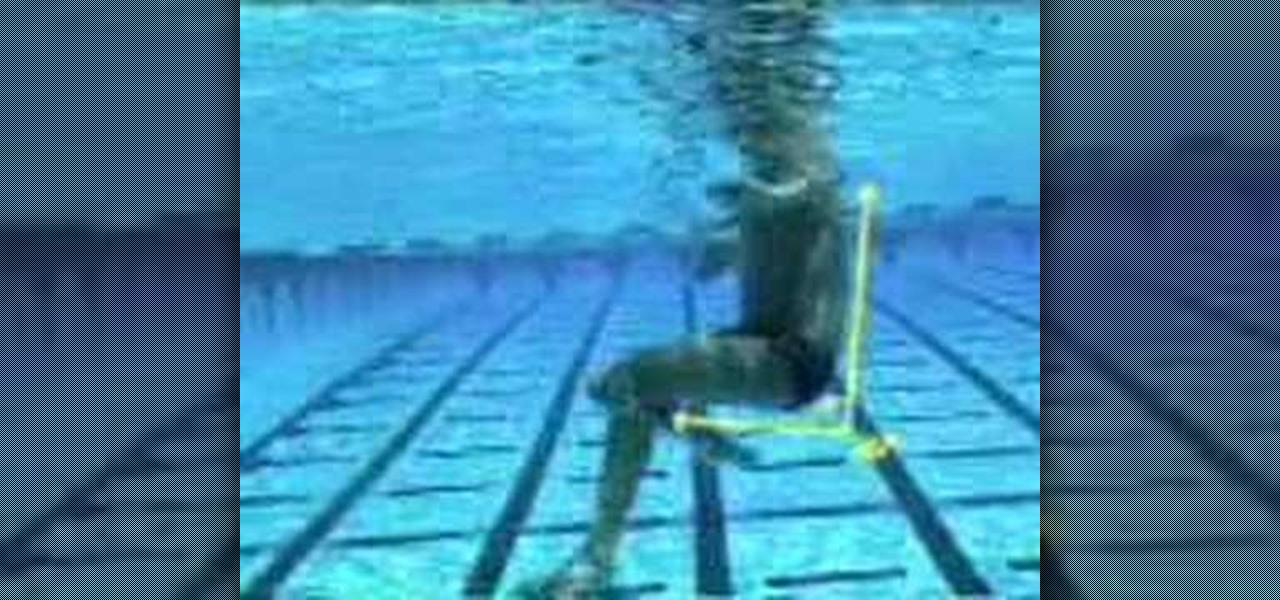
This is the classic water polo body position. You are in a seated chair position, sculling your hands while eggbeater with both legs. This is the position optimal for moving to and from the ball. This is also called the center forward position in water polo.

In this tutorial, Sarah Sheppard teaches us how to conduct a closed suction procedure. First, wash your hands, apply gloves, and identify yourself to the patient. Now, you will do vital signs such as, heart rate, respiratory rate, and lung sounds. After this, check the suction pressure and it should be around 80 to 120. Now, perform the rest of the closed suction procedure by inserting your standing needle and turning it off, then turning on the 02 sensor. This will give your patient two minu...

The procedure was adopted to build a waterfall in Oregon Coast Garden Center, Wald-port. 1. A level pad was cut to arrange the first row of blocks

The following are the things required to soft boil an egg: Egg, a pin, sauce pan with cold water and a saucier spoon.

One of the easiest ways to measure body fat is by using hydrostatic weighing. It is based on Archimedes' principle, the law of buoyancy. It works by calculating body fat from measuring the amount of displaced water after a person has been immersed under water. Since muscle is denser than body fat, a person who has more muscle will displace less water than a person of the same weight with more body fat. This test is usually performed for a couple times for averaging accuracy. If the test is do...

This video by Beau Ties Ltd, Vermont explains how to tie a bowtie in steps. The person who actually demonstrates the procedure is Evan Burnett of Vermont.

Giving birth is not a walk through the park and there are always concerns from the mother-to-be. Doctors speak about the procedure in applying an epidural talk about different kinds of pain medications available. As much as the mom is concerned, they touch base on what the father's role is during the procedures are as well.
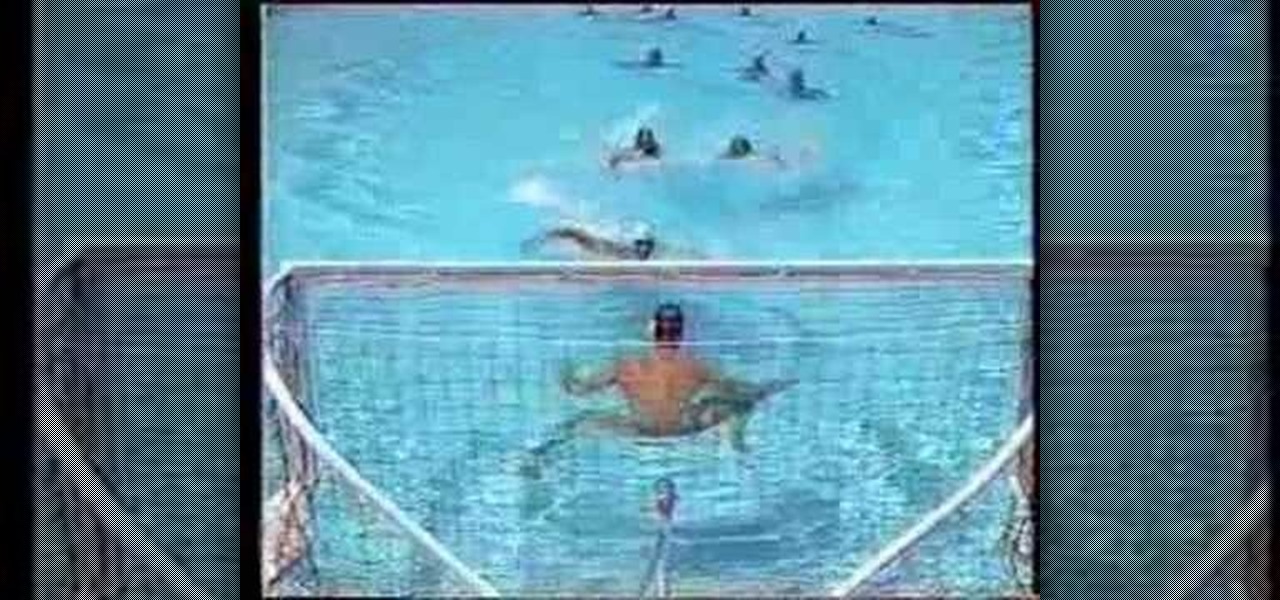
This swimming with the ball tutorial is a great lesson in moving with the ball in water polo. The idea is to keep it in front of you as you swim with your head up. Note the high leg kick to keep the drag low and create lots of white water to blind pursuing defenders.
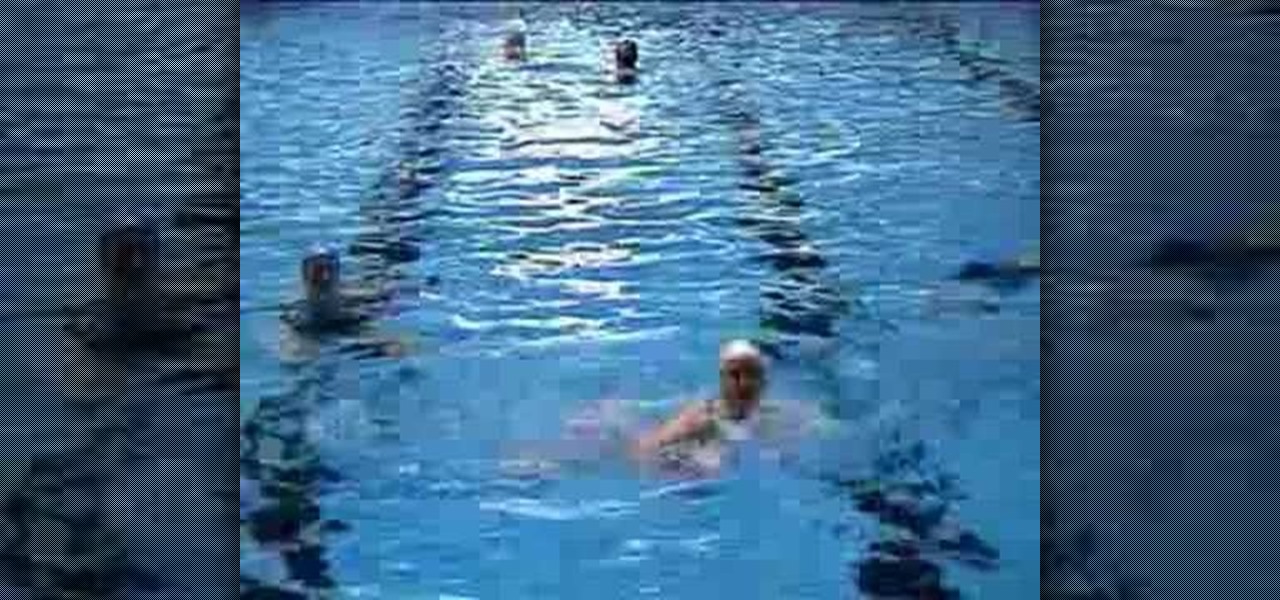
Faking shots in water polo is a great way to keep defense off balance. Fake shots will often send defenders off to one or the other side. Losing the defenders during the fake allows you to get the open shot on goal. Water polo offensive techniques are designed to create more space between you and the defender.

If you are having a difficult time drawing a patients blood, you might want to considering doing the butterfly procedure. Watch this instructional medical how-to video to learn the proper way of drawing in blood with this method. The butterfly procedure involves drawing blood from the back of the hand. Start by placing a band around the wrist, palpating the back of the hand and identifying the direction of the veins.

In this video tutorial, Greg Fraser demonstrates a few tactical pressure points that might be useful in competitive water polo. This video is a must-watch for all water polo players who want to improve their grappling skills and overall defense.

Water polo is a tough contact sport that entails good grappling techniques. Watch this video tutorial to improve your underwater combat grappling skills that will definitely help you become a better water polo player.

This is basic lesson and moving diagram showing the start of a water polo game, known as the sprint.

This is, by far, the easiest way to root your Android phone, and it's even got its own name— the "SuperOneClick" method. This is a universal technique that applies to most Android-based smartphones (minus the HTC Evo and T-Mobile G2/Vision). TheUnlockr shows you the secret behind rooting your Droid, so watch and learn. Anyone with an Android-enabled phone can do this.
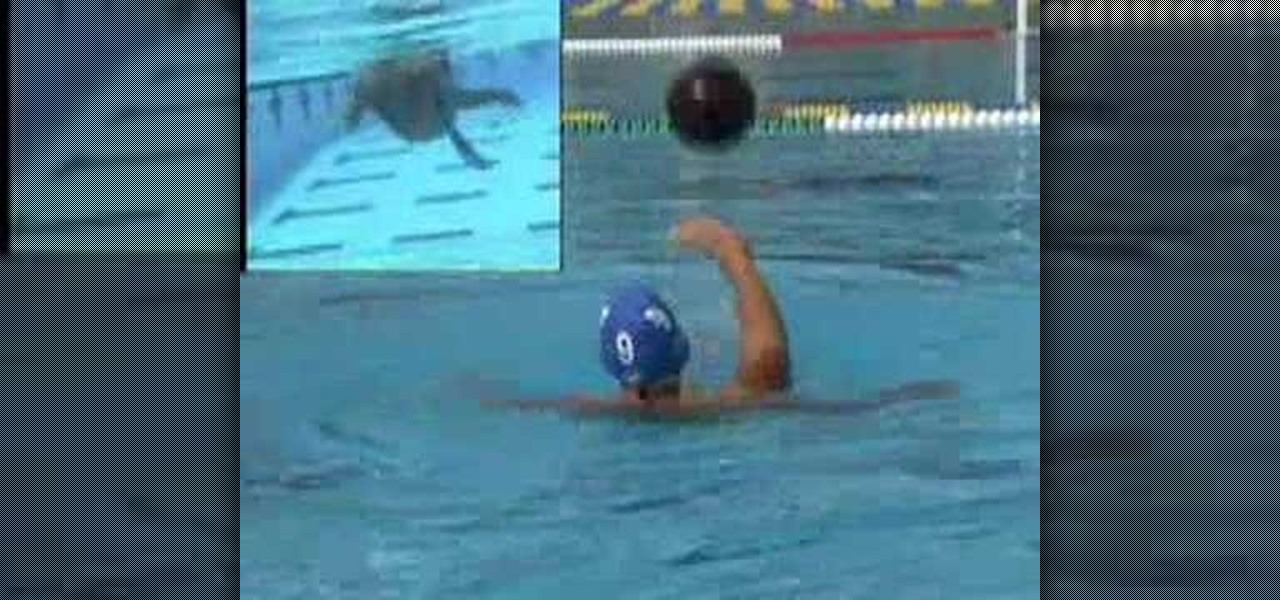
Three time US water polo Olympian, Wolf Wigo, demonstrates some tricks he used over the years to improve his game. In this video he demonstrates head and foot juggling, picking up the ball with his head, around the world and the helicopter backhand. These are fun things players can do on their own to improve their game and have some fun. This is an excellent way to get conditioned for water polo. This also looks cool and might make you look like a water polo show off.
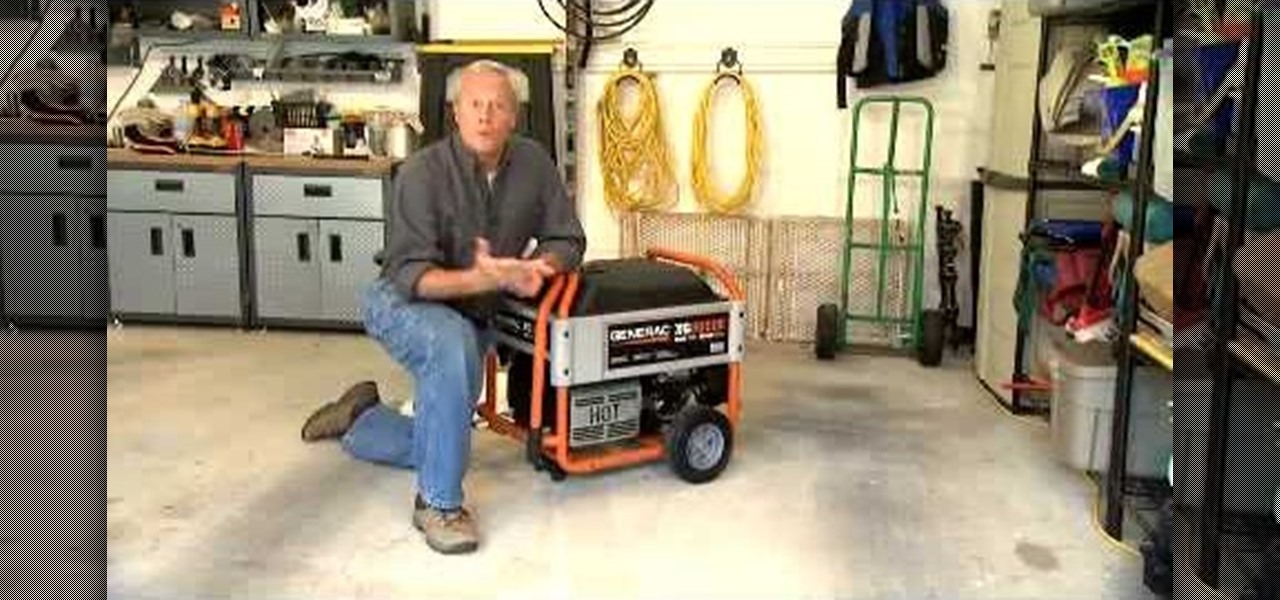
Danny Lipford gives us tips on setting up and maintaining a portable generator. Set-up usually includes assembly of things like wheels and handle kits. Most portable generators come without oil so you will need to add it. Be sure to check the owner’s manual for the proper type of fuel to use.
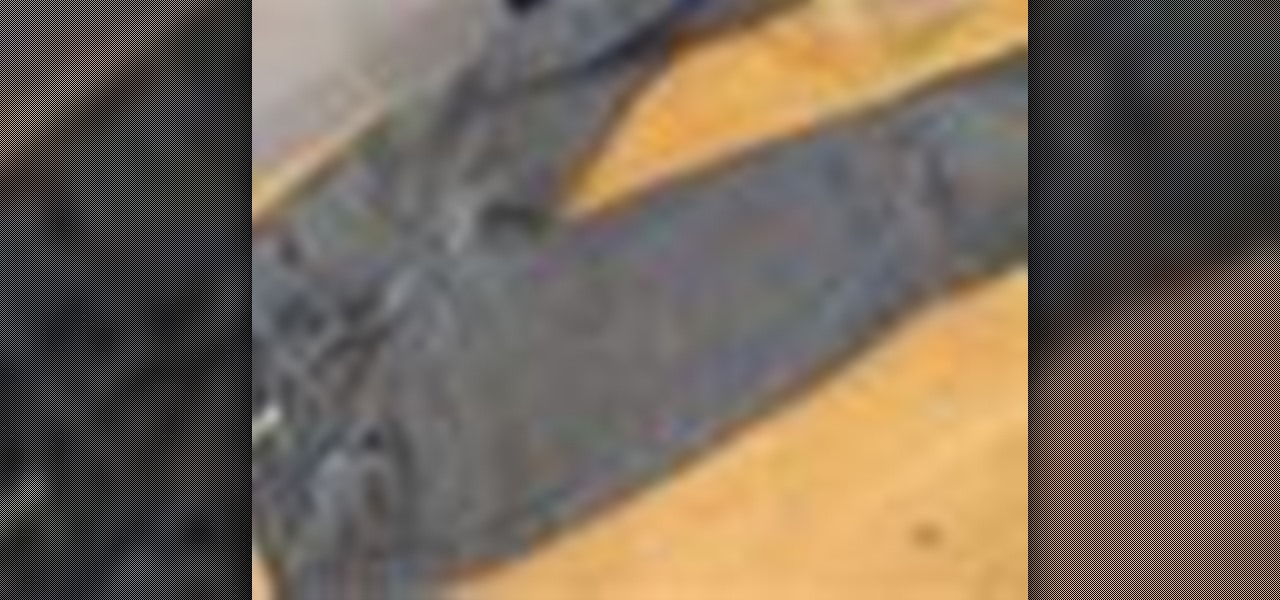
Missa shows how to ‘Distress Jeans’ in this video. She lays a pair of jeans to be distressed on a table. Next, the creases near the top, which are formed by bending the leg portion of the jean, are marked with a white pencil or chalk. A hard rock is then placed inside the jean, near the knee area. That portion of the jean is graded using sand paper to make holes. The pocket areas are graded next, using a nail file. A pair of scissors is scraped along the edges of the pockets to make cuts. (Al...

This water bottle prank is really ingenious. You split two water bottles and recombine them to form a new, weaker frankenwwaterbottle. You fill this with water and superglue the cap on. Now, when your victim tries to open the water bottle they'll push so hard on the unopenable cap that the weak bottle will break in two, soaking them and their friends. Brilliant, devious, and hilarious.

Mr. O shows his audience in this video how to make oobleck, a slime-like substance which has a variety of unique properties. For this project, you will need a mixing bowl, food coloring, corn starch, a measuring cup, and water. First, color the water with food coloring to a color which is much darker than the color you would like. You will need the correct ratio of water to cornstarch, in a 1 to 2 ratio. Add some water to the bowl and add the cornstarch, then add the rest of the water. Finall...

In this episode of Pixel Perfect, Bert shows us how to create flowing water and a photo-realistic splash effect in Photoshop. Perfect for a water fall or other water features, you'll be able to use these flowing water and splash effects in many Photoshop works of art.

This simple video tutorial teaches you how to add mixed numbers with uncommon denominators. It takes a step-by-step approach to the issue by first explaining how to separate the whole numbers into whole numbers and fractions, and then adding up those two groups of numbers separately. The video uses simple and easy calculations with audio instructions to illustrate the procedure. Lasting for only a little over a minute, the video manages to explain the procedure rather adequately.

This medical how-to video gives you tips on obtaining venous blood samples. Follow along and learn how to obtain blood samples with a venipuncture procedure. This procedure is very common in the medical field. To start venipuncture you need to have the needles, vacuum container, and blood tubes ready. Watch to learn the step by step process.
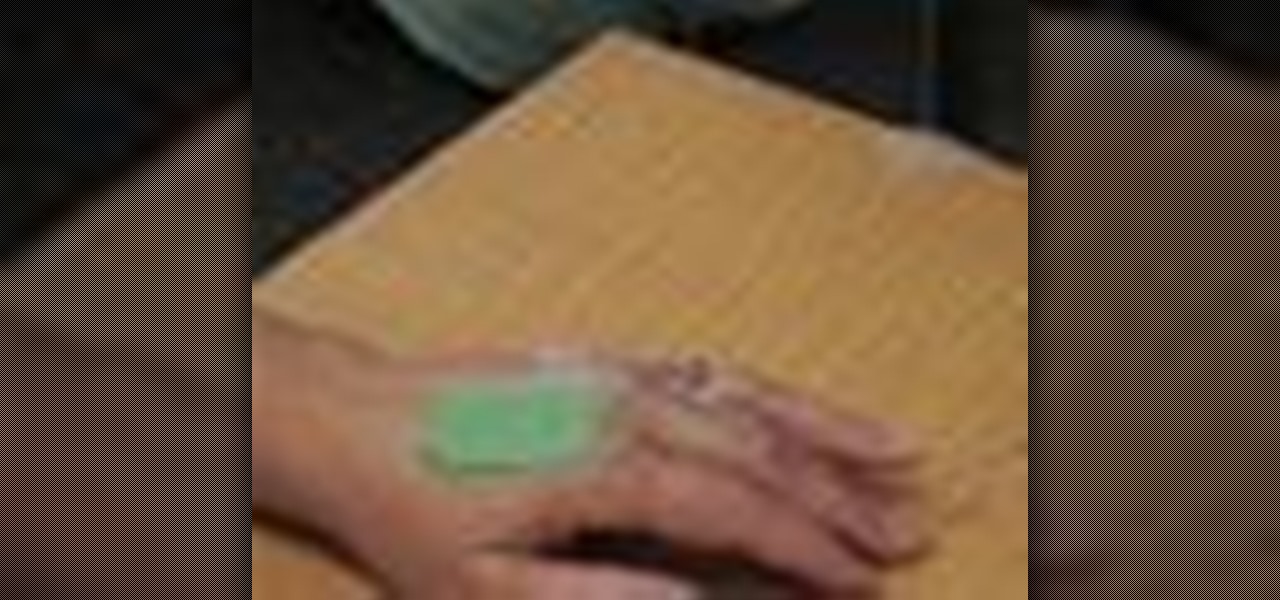
Studying to be a nurse? Then a very common procedure in nursing involves removing a saline lock or an IV line. This procedure is also called DC IV, or discontinue an IV. Follow along in this nursing how-to video to learn the proper protocol for discontinuing an IV line. Before DCing the IV always double check the doctor's orders and have your materials handy.

Studying to be a nurse? Then a very common procedure in nursing involves removing a saline lock or an IV line. This procedure is also called DC IV, or discontinue an IV. Follow along in this nursing how-to video to learn the proper protocol for discontinuing a saline lock. Before DCing the IV always double check the doctor's orders.

This medical how-to video reviews the basics of casting and splinting procedures. Follow along and learn how to splint and cast the wrist and forearm in case of a broken or fractured bone. A splints and casts can be placed in many different positions and aid in stabilizing injuries. Note that this medical procedure is intended for medical professionals.

This first aid how-to video demonstrates how to perform a splinting procedure. Follow along and learn how to splint the wrist and forearm in case of an emergency. A splint can be placed in many different positions and aids in stabilizing injuries. Note that this splinting procedure is intended for medical professionals.
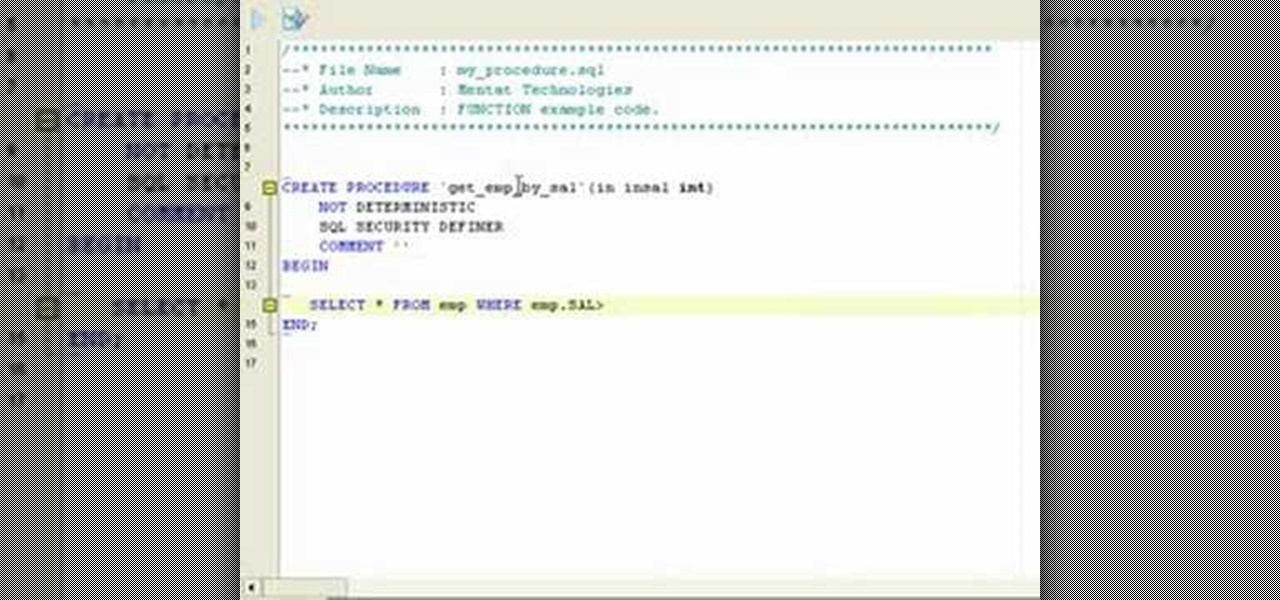
If you're new to DreamCoder for MySQL, one of the things you may want to know how to do is create a stored procedure in a remote MySQL database. Happily, this tutorial will walk you, step by step, through the process. For detailed instructions, press play!

So you got a very bad cavity and now you need a root canal. What is a root canal and how is your dentist going to do it? This how to video tutorial walks you through the step-by-step process of the root canal procedure performed my most dentist.
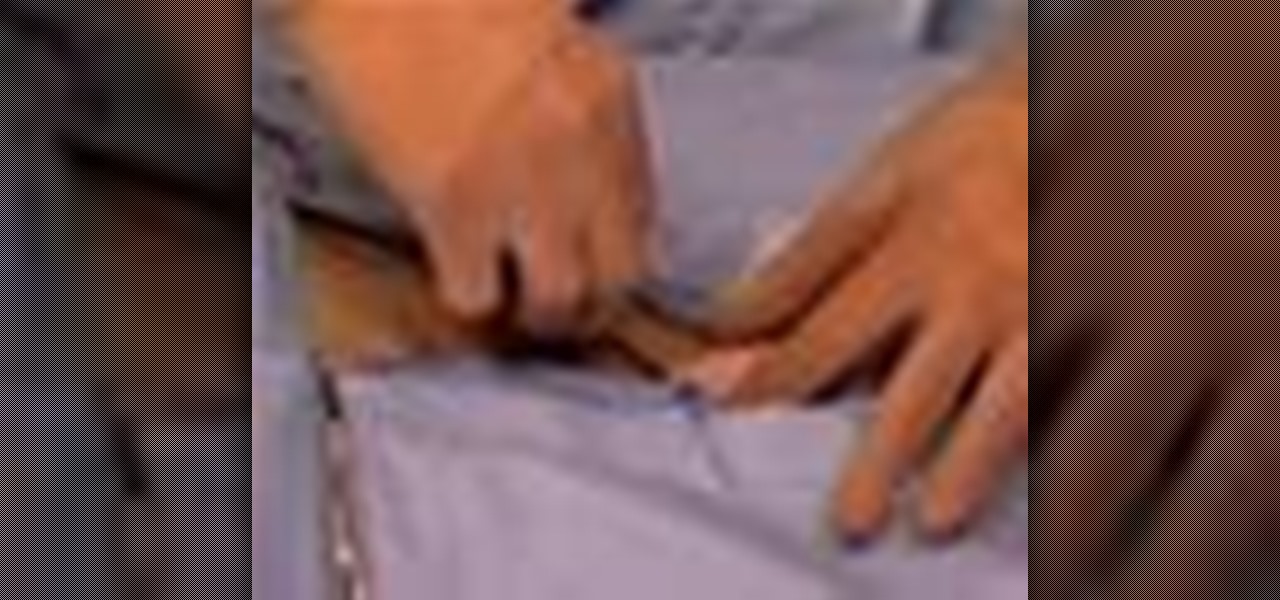
Some bleeding is to be expected from any procedure when even the most skilled veterinary surgeon performs an operation. Hemostasis is the physiological process of stopping the loss of blood, and a skill required of any veterinarian, from the most fundamental of procedures to advanced. This video animal surgery tutorial shows some basic hemostatic techniques for use in veterinary surgery.

This surgical how-to video shows several different basic techniques for veterinary suturing stitches. Various tools, such as forceps, grips, hand positions, and stitches are demonstrated. Learn how to comfortably and efficiently execute good suturing in veterinary procedures by watching this video animal surgery tutorial.

Knowledge of first aid procedures can help save lives. Cardiopulmonary resuscitation (CPR) is a first aid emergency medical procedure for a victim of cardiac arrest and/or respiratory arrest. Watch this first aid video tutorial to learn how to do CPR to an adult casualty.

More bad news for patients who have undergone heart surgery in the past five years. A new study suggests about one-third of heater-cooler units used in cardiac procedures remain contaminated with a slow-growing, potentially fatal bacteria.

If you want to make a really powerful water rocket, one water bottle is not going to give you enough propellant. You're going to have to splice two or more bottles together and do it well enough that they don't come apart. This video will show you exactly how to do it step-by-step.
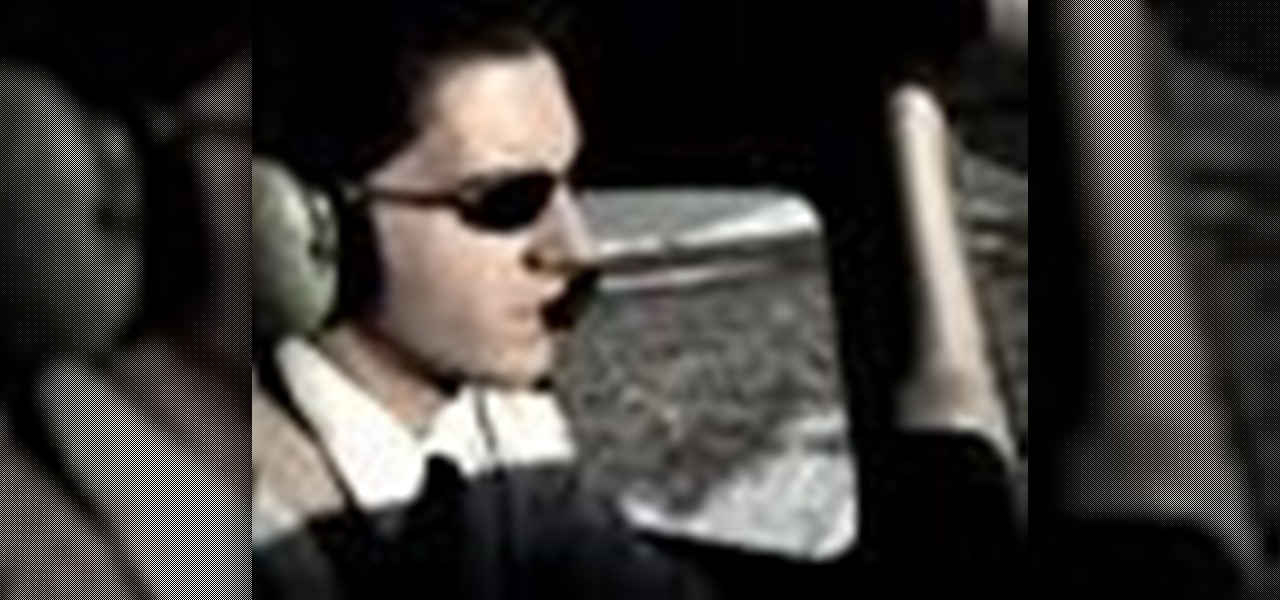
As far as landings go, it seems that there is nothing more basic than a standard, normal approach and landing. Even the name suggests that this is a bland procedure of routine and mundane performance. Despite disguise, however, the normal approach and landing is one of the most challenging parts of any flight to consistently master.
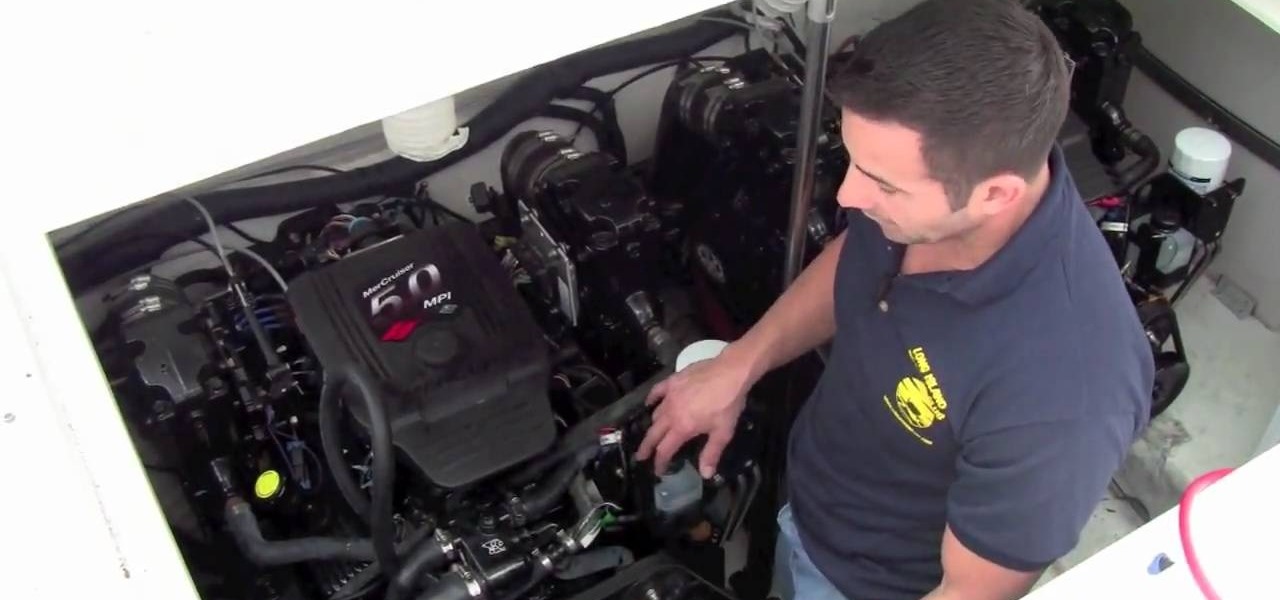
In this Outdoor Recreation video tutorial you will learn how to winterizing your boat engine block. For this you will need some screwdrivers, compressed air and a flexible hose if you have a hot water heater system on the boat. First you got to drain out all the water inside the engine. Remove the two plugs from the block and one plug from the sea pot as shown in the video and drain out all the water. Be careful and don't drop the seals while removing the plugs from the engine. While the wate...
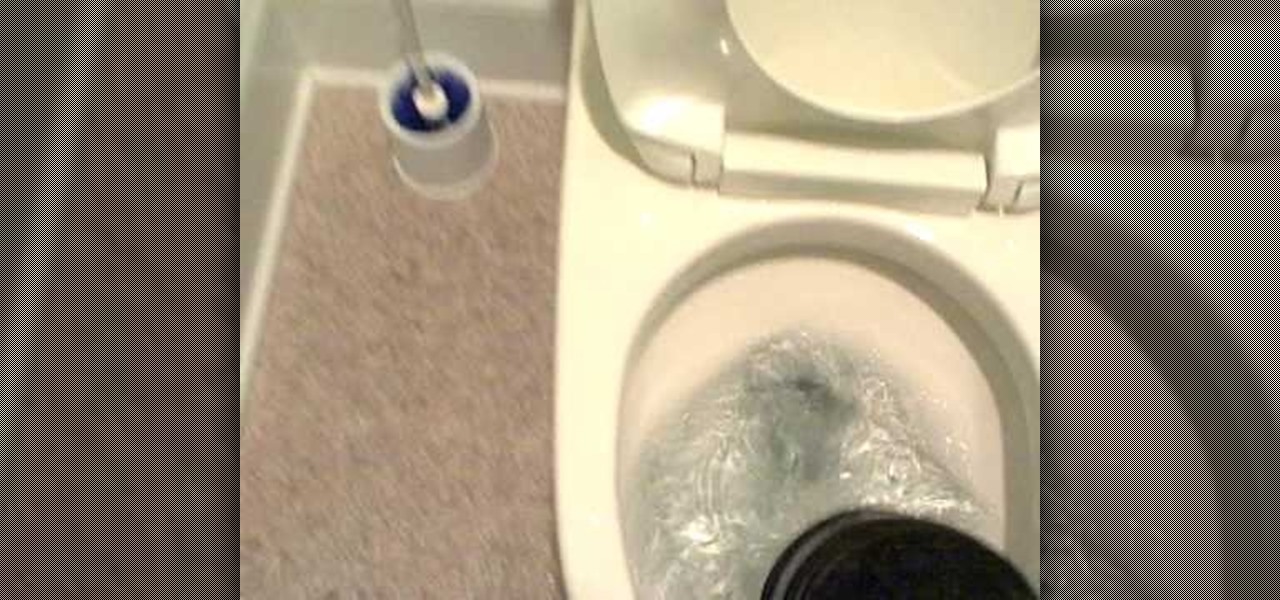
In this video tutorial, viewers learn how to unclog a toilet in 11 seconds. Users will need a plunger. It is recommended to use a pleaded plunger, instead of the regular plunger. When clogging a toilet, the rubber of the plunger is filled up with water, pushed down and squeezes out the pressurized water. The force from the pressured water will remove the clogging of the toilet. Slowly place the plunger into the water and let it be filled with water. Align it with the toilet hole and then push...

This video aimed at electricians, is designed to help employers and employees what is required in the standard that is applied for the control of energy during maintenance and servicing of equipment and machinery. Employers are required by law to develop proper lockout safety procedures and provide proper protection materials and safety training. This video is highly important for any electrician, apprentice or journeyman, because it will help prevent injury… or even death.